Apple Tree Nala, Srinagar, (Kashmir)
This is among the earliest postcards of Kashmir, printed for a British publisher most likely by Raphael Tuck & Sons in London just before they themselves started printing what are probably the most well-known series of Indian postcards under their

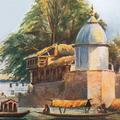
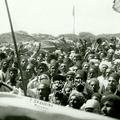
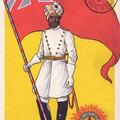
![[Fairey] IIID Crash Bombay [Fairey] IIID Crash Bombay](https://www.paperjewels.org/sites/default/files/styles/square_thumbnail/public/slides/raf-crash_0.jpg?itok=Eh_61vhU)
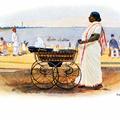
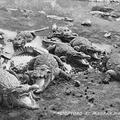
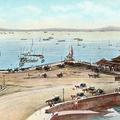
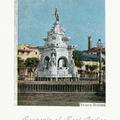
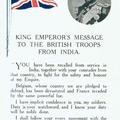
![[Indian Cavalry] [Indian Cavalry]](https://www.paperjewels.org/sites/default/files/styles/square_thumbnail/public/slides/india-army_0.jpg?itok=7evw3Eiy)